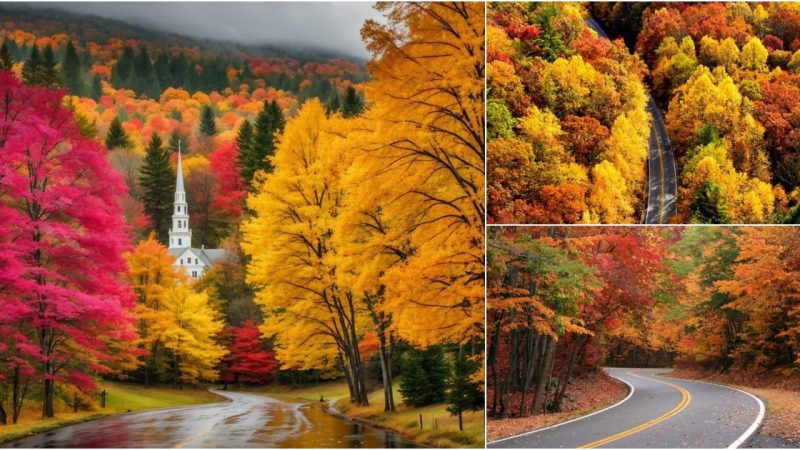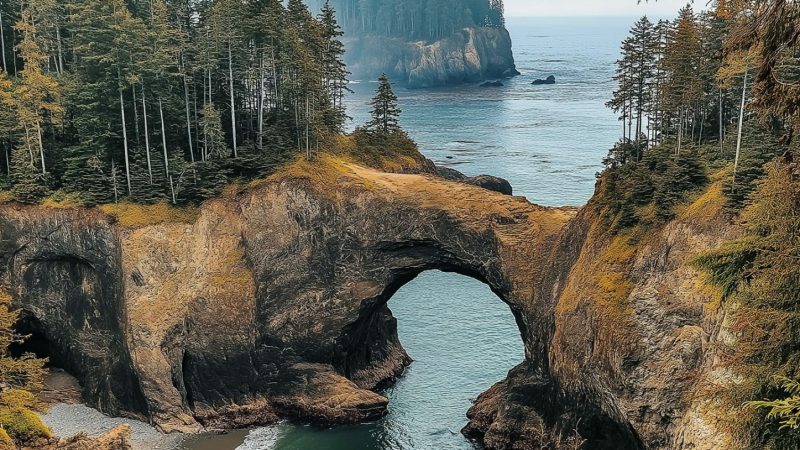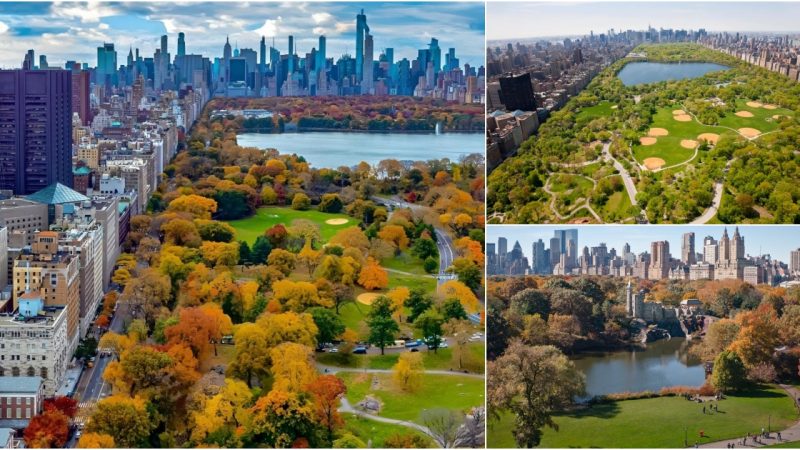
The name of these hollows is “geria.” Grape vines are planted in the center of the hollows, and then a crescent-shaped lapilli wall is built to protect the plants against the wind. Lapilli, Latin for “little stones,” is a droplet of molten rock that falls out of the air when a volcano erupts. Local farmers use this traditional cultivation method to shield the plants and conserve moisture in the soil.

The eruption of the Timanfaya in 1730 covered the soil with dried lava and altered the topography of the region, forcing farmers to adapt their cultivation methods. Since then, wine has been produced in the region. The oldest working winery in the land dates back to 1775.

These lined-up gerias, combined with the contrasting colors of the landscape, create a unique scenery that is exclusive to Lanzarote. The vineyard is on the list of UNESCO World Network of Biosphere Reserves.




